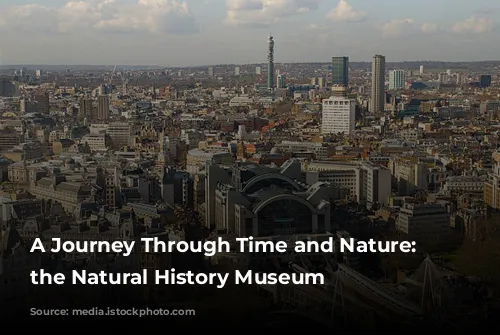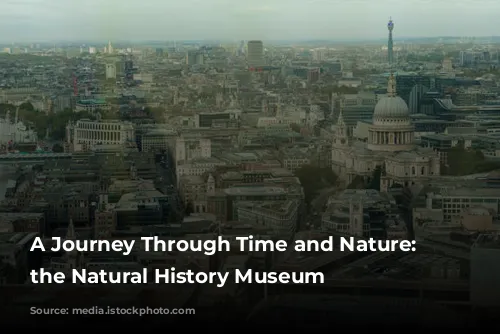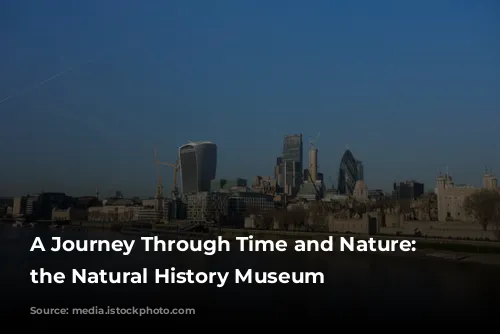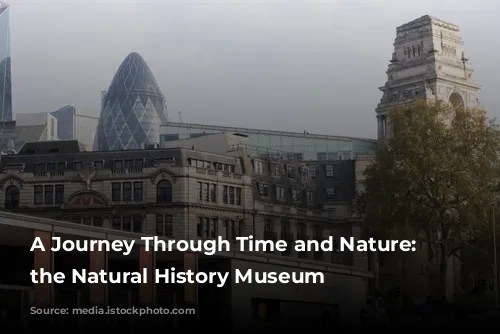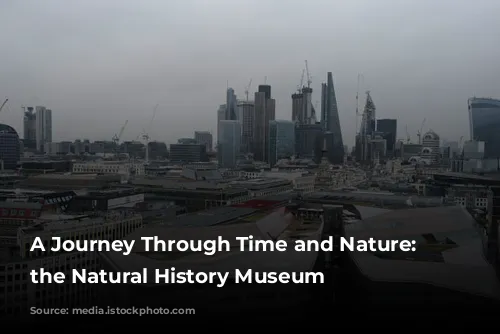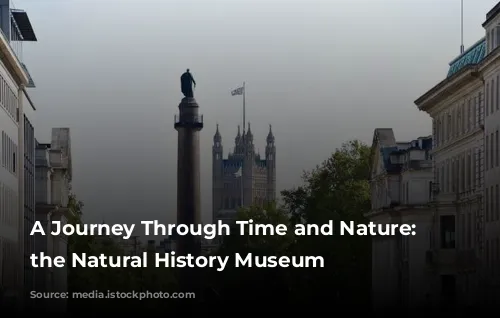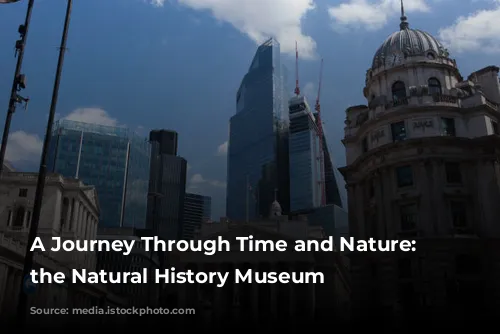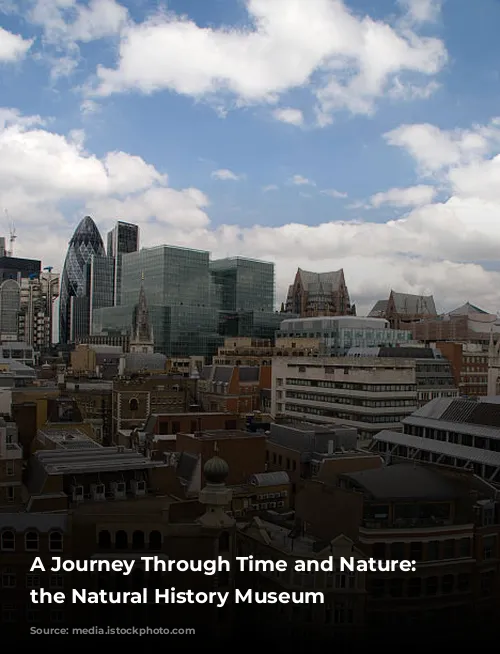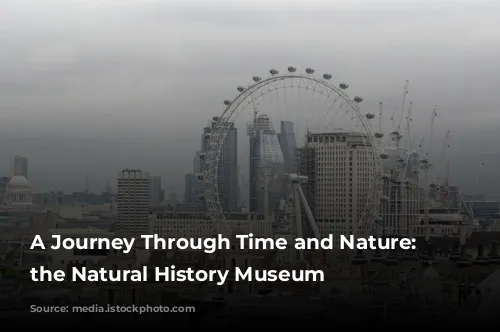The Natural History Museum is a treasure trove of wonders, showcasing the captivating stories of life on Earth and the incredible forces that shape our planet. This grand museum is cleverly divided into four color-coded zones: Blue, Green, Red, and Orange. Each zone offers a unique adventure, taking you on a journey through time, from the earliest life forms to the modern world.
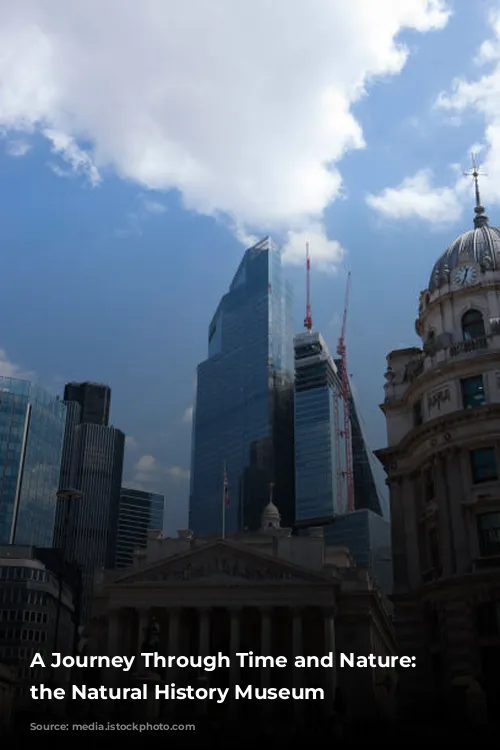
A World of Wonder: Unveiling the Blue and Green Zones
The Blue Zone is a celebration of Earth’s diverse life, showcasing a mesmerizing array of creatures, from towering dinosaurs to the intricate world of marine invertebrates. Here, you can marvel at the dinosaur gallery, where the mighty triceratops, the iconic iguanodon, and the nurturing maiasaura nests bring prehistoric giants to life. The mammals gallery offers an up-close encounter with fascinating creatures like the peculiar pangolin, the fearsome sabre-toothed cat, and the agile African hunting dogs.
The Green Zone takes you on an epic journey through the evolution of our planet, uncovering the secrets of our planet’s history. The Hintze Hall is a must-see, featuring a magnificent 25.2-meter-long blue whale skeleton, a remarkable mantellisaurus fossil, and a massive 2.5-tonne banded iron formation that whispers tales of life’s earliest beginnings. The Creepy Crawlies gallery brings the fascinating world of insects, spiders, and crustaceans to life, featuring a captivating live leafcutter ant colony.
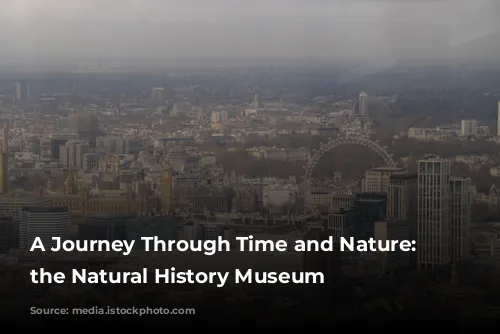
Delving into the Depths: Exploring the Red and Orange Zones
The Red Zone dives into the dynamic world of geology, volcanoes, and earthquakes. The Earth Hall unveils the wonders of minerals and the fascinating sight of a stegosaurus skeleton. The Volcanoes and Earthquakes gallery offers a thrilling experience with an earthquake simulator, a heat-resistant suit, and an interactive volcano and earthquake locator.
The Orange Zone is a unique blend of scientific discovery and natural beauty. It houses the Darwin Centre, the museum’s heart of scientific research, where preserved specimens and dedicated scientists work together to unravel the mysteries of the natural world. The Darwin Centre is divided into two fascinating sections: the spirit collection, where 22 million specimens are preserved in alcohol, and the cocoon section, which houses ‘dry’ specimens like butterflies, spiders, and beetles.
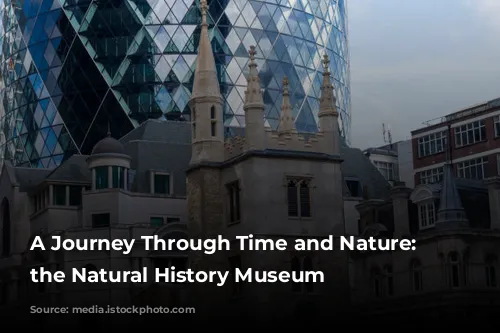
A Thriving Oasis: The Natural History Museum’s Wildlife Garden
The Wildlife Garden is an unexpected oasis within the heart of the museum, bringing a slice of nature into the urban environment. Here, you can observe birds, bees, insects, and sheep, discovering how wildlife can thrive even in the midst of a bustling city. The Wildlife Garden is only open from April to early November, so plan your visit accordingly.
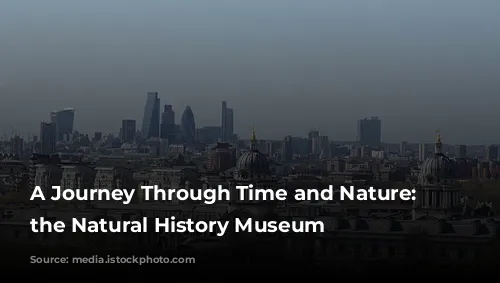
Unveiling the Wonders: Temporary Exhibitions and Beyond
The museum also offers a captivating array of temporary exhibitions, each exploring a different aspect of the natural world. These special exhibitions often feature interactive experiences, bringing the wonder of science to life.
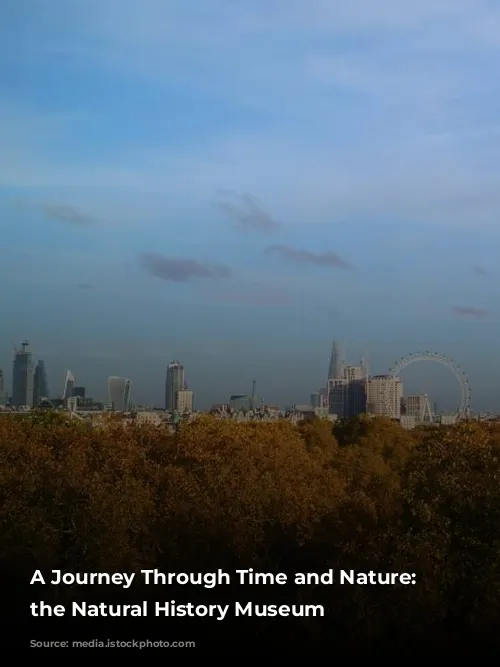
A World of Exploration Awaits: Planning Your Visit
The Natural History Museum is a true marvel, offering something for everyone. Whether you’re a passionate naturalist, a curious child, or simply seeking a captivating day out, this museum has something special to offer. With its diverse exhibits, educational opportunities, and captivating displays, the Natural History Museum is a treasure trove of knowledge and inspiration.
